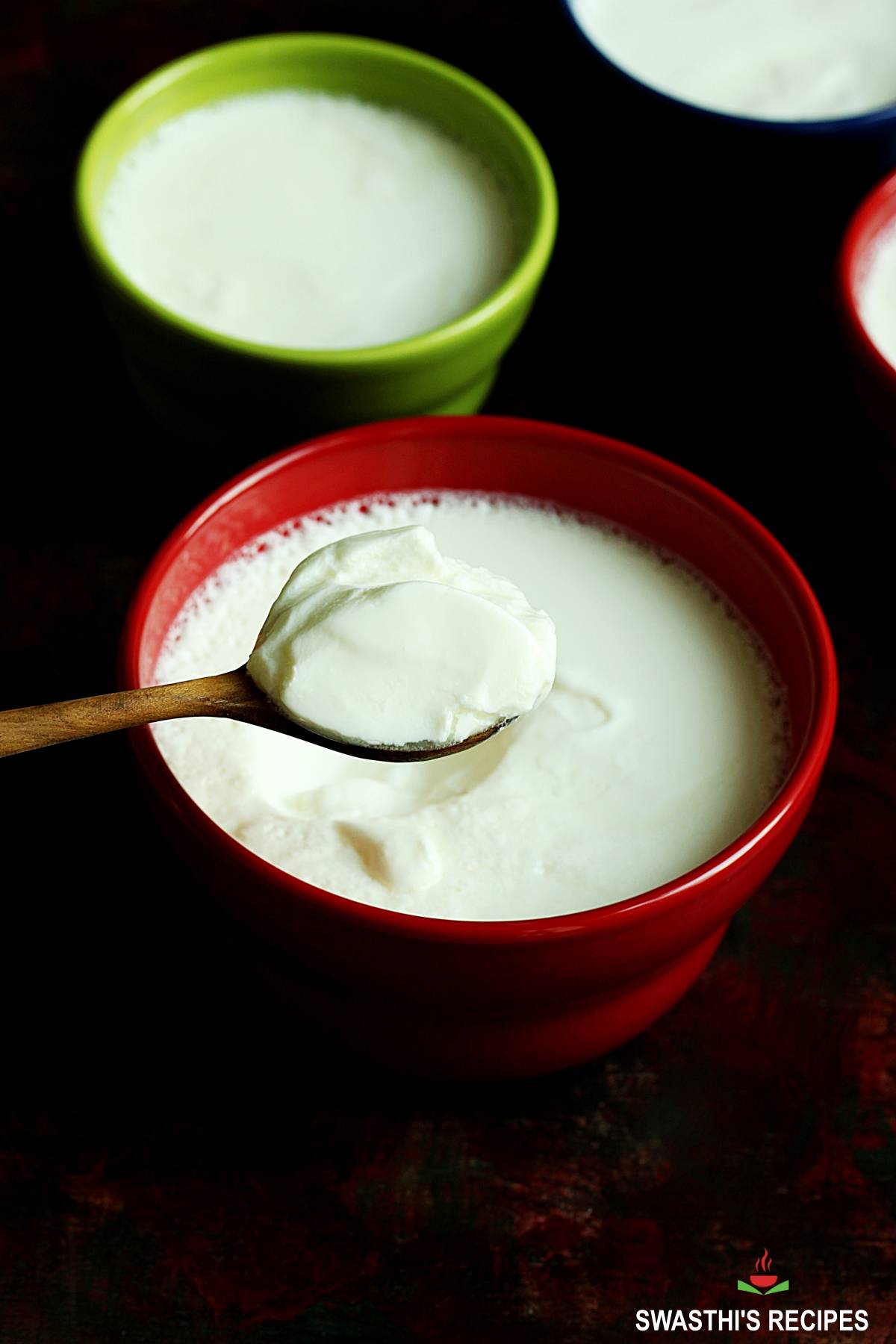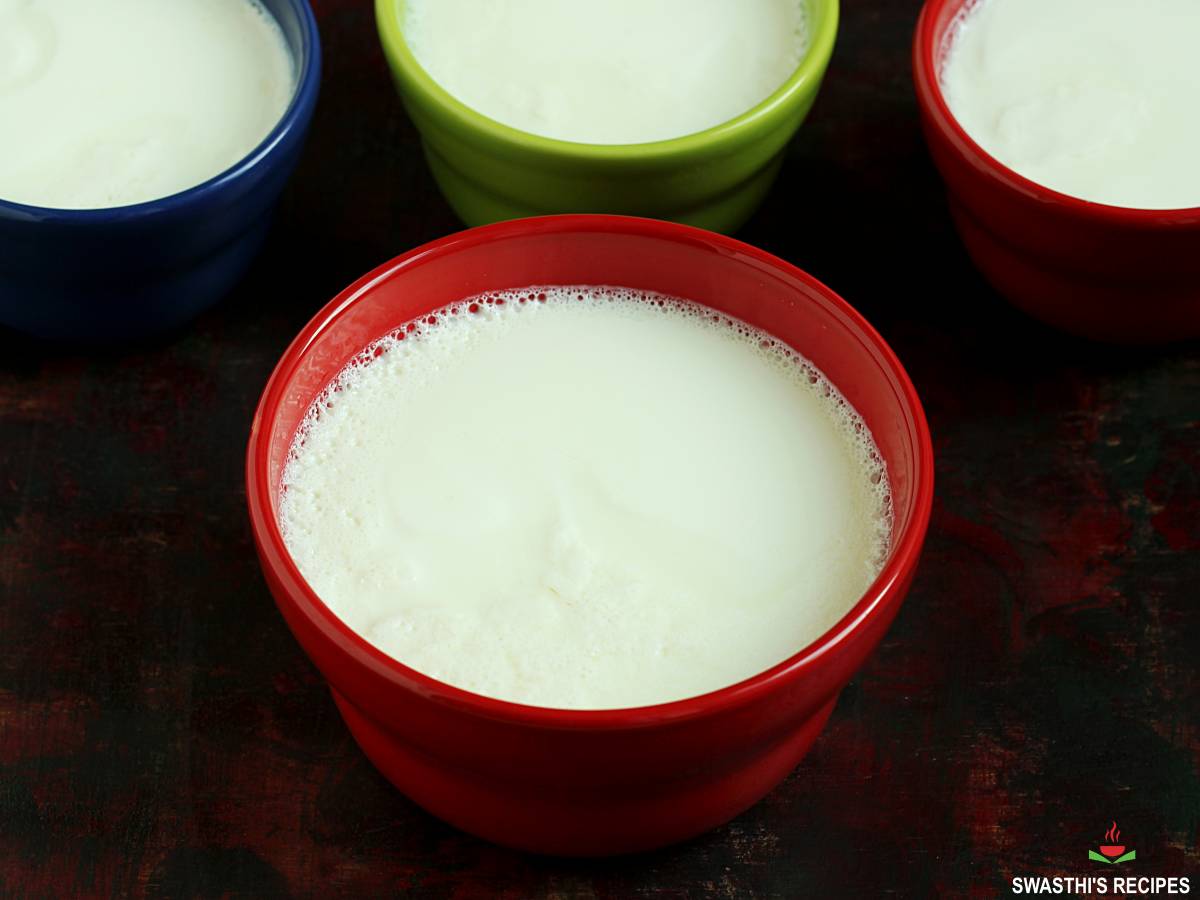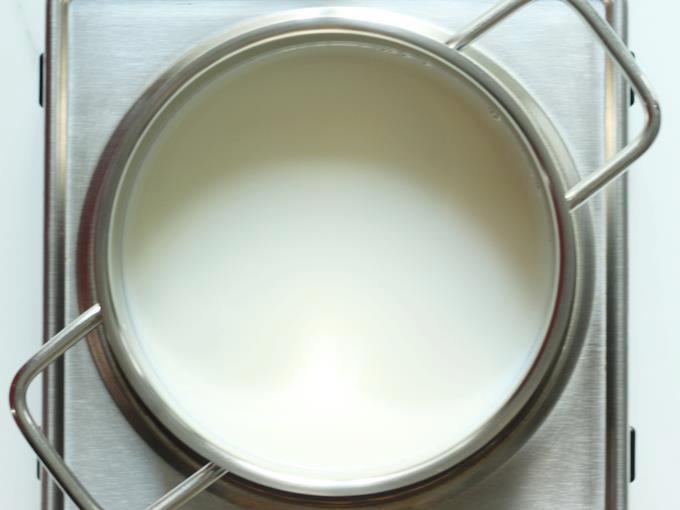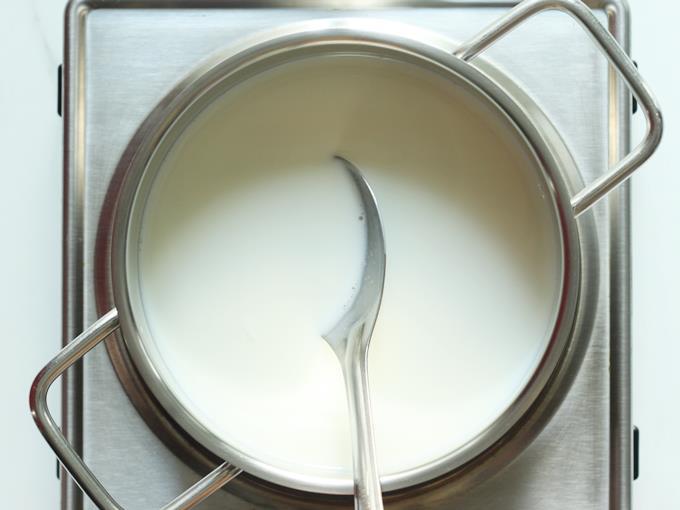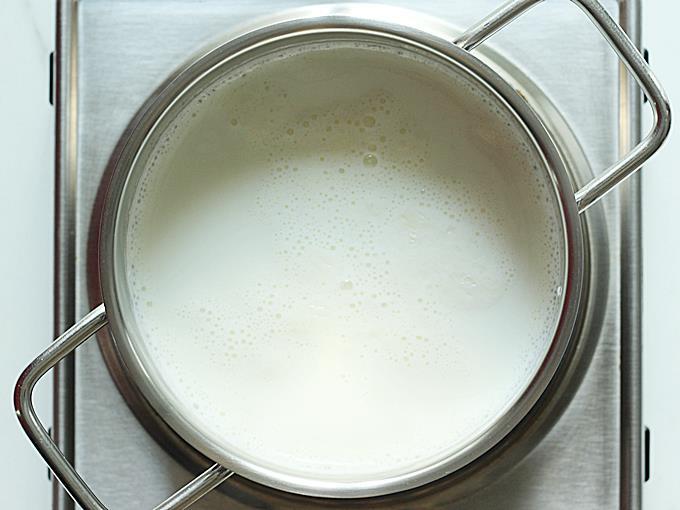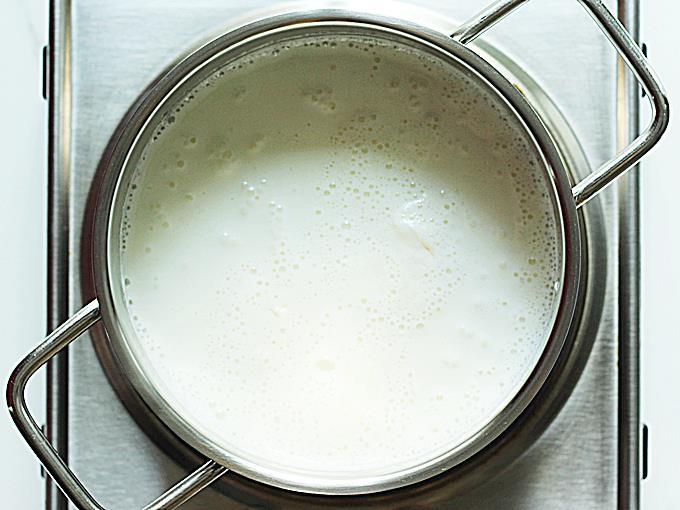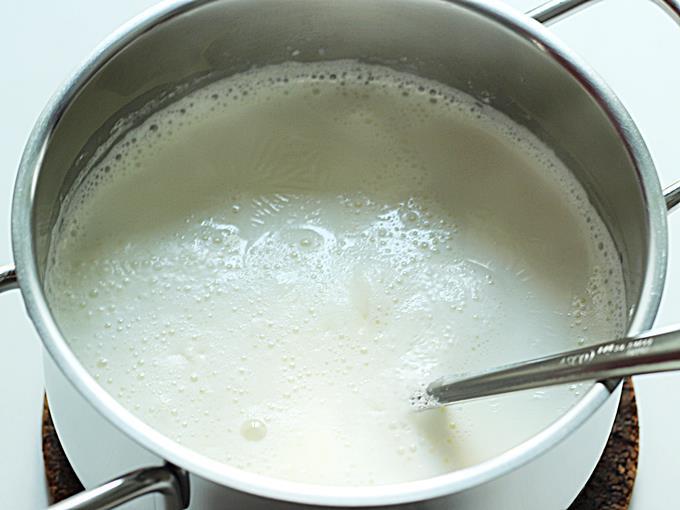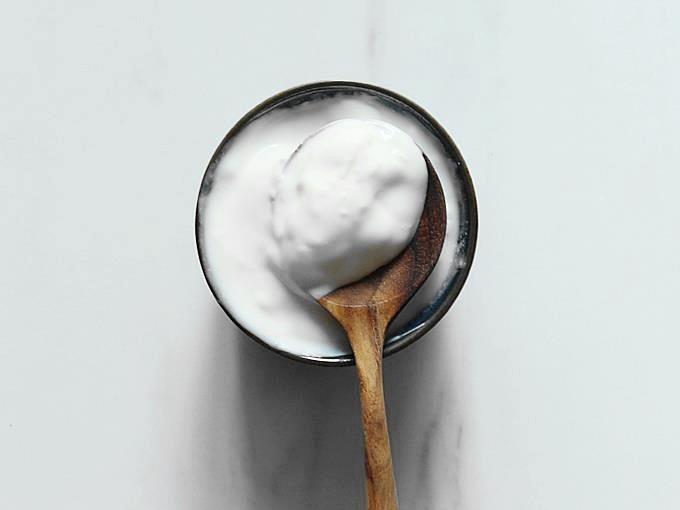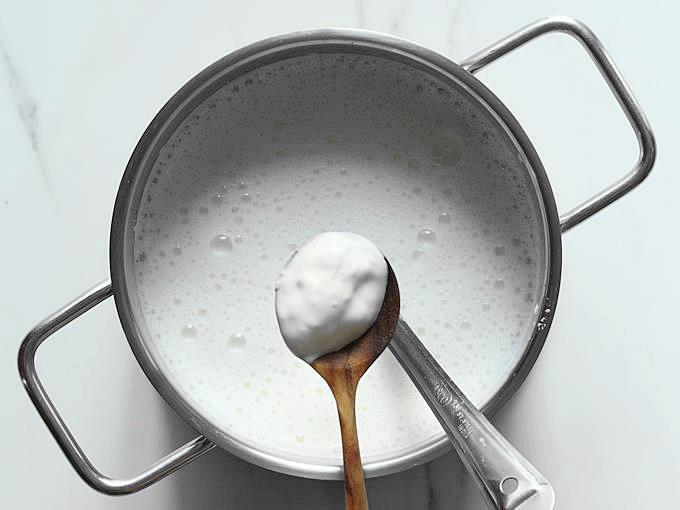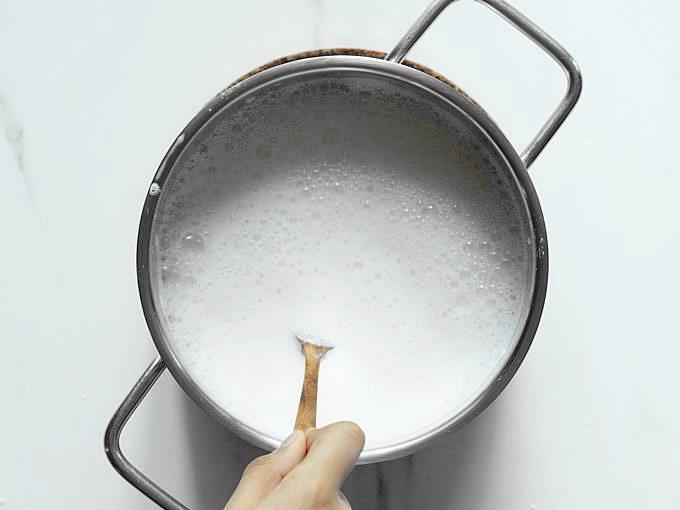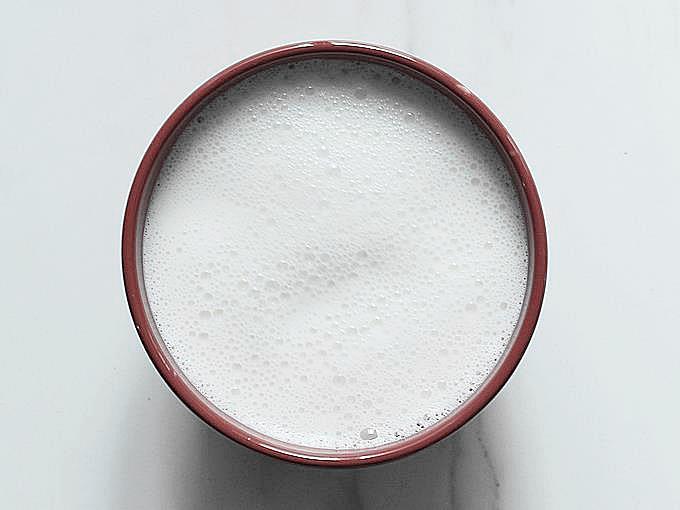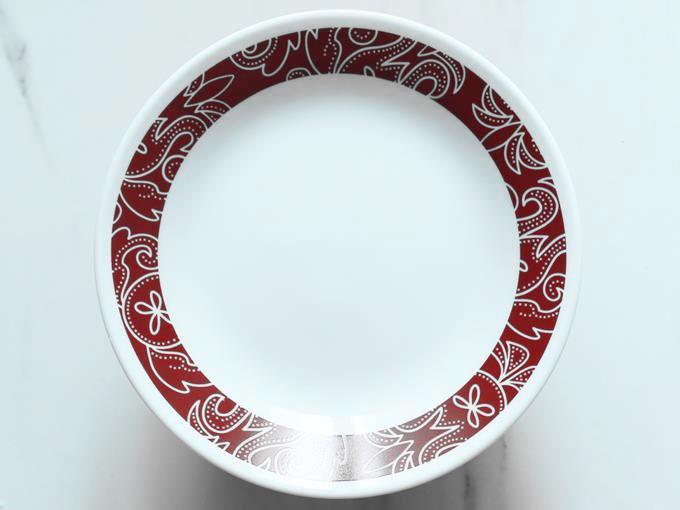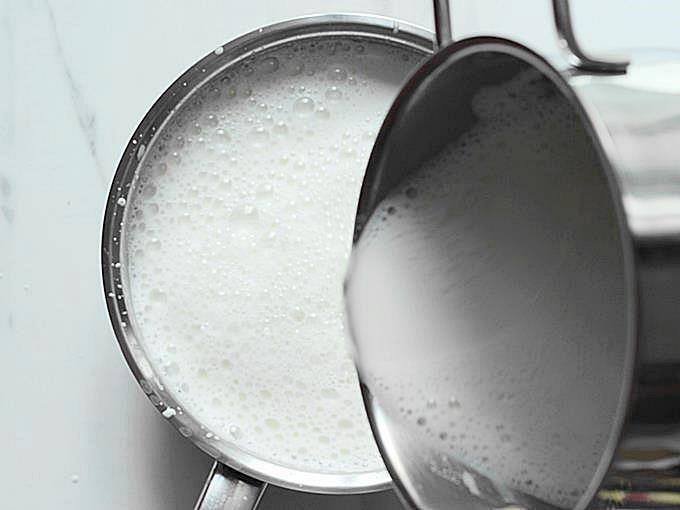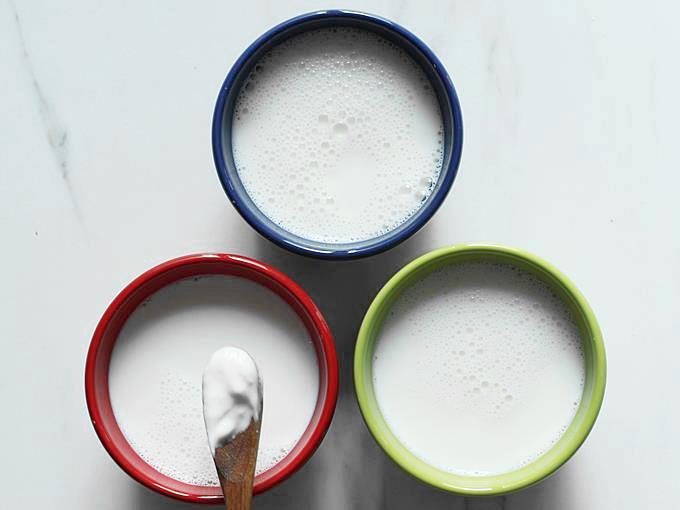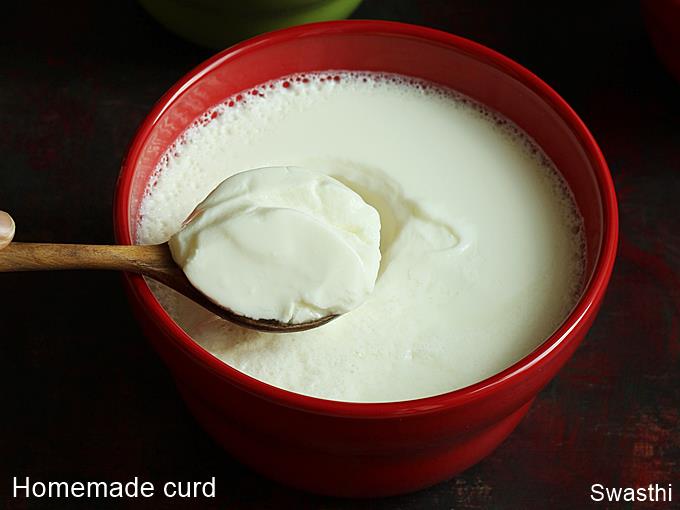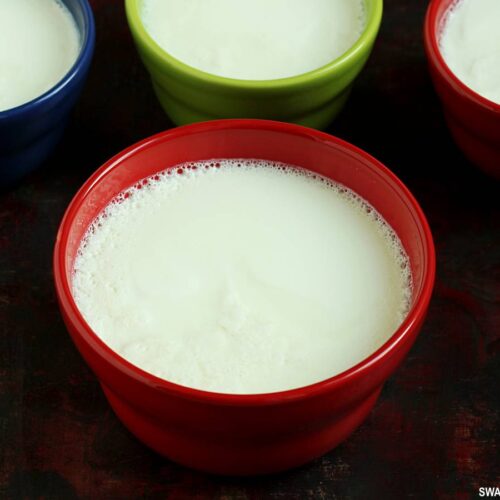About Curd
Curd is a traditional fermented dairy product that originated in Indian Sub-Continent. The word “dahi” may have derived from the Sanskrit word “dadhi” that translates to “sour milk or fermented milk”. So it is a traditional fermented food made with milk and a bacterial culture. We Indians grew up eating curd almost every day in some or the other form. We serve it at the end of every meal either on its own or in the form of curd rice, chaas/ buttermilk, lassi etc. A lot of Indian dishes like raita, kadhi and curries are also made using Indian yogurt. We also use it as a tenderizer in a lot of meat based recipes. So curd is a staple in Indian cuisine. I have grown up enjoying farm fresh milk and homemade curd (Indian yogurt) while I was in India. When I relocated to Singapore, dealing with commercial processed milk (homogenized & pasteurized) was a new experience to me. Making curd with raw fresh milk that is not processed at all is super easy! But if you are using homogenized and pasteurized milk then you may encounter tons of problems like slimy yogurt, sour yogurt or curd in which whey separates or yogurt which does not set at all etc. I too had all of these troubles. Over the years after making several failed batches I learnt a lot about making the perfect thick and creamy curd using processed milk. In this post I have shared all my experiences as tips to get the curd right (thick, creamy & delicious). If you are one among those lucky people who do not have any hassles in making it, this post may not be for you. I have also shared how to make yogurt without a starter using chilli stalks.
How To Make Curd (Stepwise Photos)
If you have a instant pot, follow my recipe card to boil the milk.
- Rinse a large pot and pour the milk to it. Rinsing the pot reduces the chances of milk solids settling at the bottom. Bring milk to a boil on a low to medium flame.
- If you do not like cream layers on the curd, then keep stirring to reduce the formation of layers of cream. We do not mind the cream so I avoid this step.
- I usually boil the milk on a medium flame.
- When the milk comes to a boil, then I reduce the flame to very low and allow to simmer for 10 to 15 mins. This enhances the flavor and also makes the curd thick.
- Remove from the stove and allow to cool down to luke warm temperature.
- Decide on the amount of starter to use depending on the milk and kind of starter. I have explained this above the recipe card. Please read that.
- Add the starter when the milk comes down to warm temperature. 1 tsp to tbsp depending on the kind of milk, weather conditions and starter. Read the tips on how to make thick curd by frothing milk from the end of this post.
- Mix very well until the curd has blended well with the milk.
- Transfer it to a bowl. You can also set the curd in the same bowl or in a clay pot. I prefer to froth up the milk. Scroll down to know more.
- Cover with a lid and keep in a warm place until set for 6 to 10 hours depending on the weather. Avoid disturbing or moving the bowl before the curd is set. Some people use a broken red chili to set the yogurt well. If needed break a red chili and just put it in the milk. This will not make the curd spicy or hot.
Pro Tips To Make Thick Curd
This is a tip which we follow to make thick curd at home. This method is also good if you do not like cream layers on the curd. This technique breaks down the cream layer and disperses the fats to the milk making the curd rich and tasty. When the milk is still hot, froth up the milk by pouring it to another bowl or pot. To and fro, a few times breaks down the cream and the milk froths up very well. Add the culture or starter when the temperature of milk is slightly higher than warm but not hot. Stir well. Then quickly pour to the bowl, cover and rest in a warm place. Towards the end of the process the milk should still be warm. To get this right, you will have to try a few times. But this method surely gives thick and more tasty homemade curd.
How To Make In Individual Bowls
The process is the same but to ensure the curd is set well, I add an extra quarter tsp of curd to every half cup milk. This method of setting curd in individual bowls is preferred by many as scooping out little curd every time from a large bowl disturbs the entire bowl and leaving behind lot of whey. After refrigeration curd becomes slightly more thick.
More Tips
- Always use full fat milk or whole milk only. As diluted milk or low fat milk will not set your dahi well and makes it watery with more whey.
- Why does your curd become sticky or slimy?
using starters like greek yogurt or any sticky one will yield a sticky curd. (I use Nestle Asli as the starter, the results are non-sticky).It depends on the milk too (depends on the feed of the cows), some milk yields a sticky curd. Especially the milk from the grass fed cows turn slimy. Just try with a different brand.
- How much curd or dahi to use as starter purely depends on 3 basic factors.
The kind of milk you are using – homogenized or non homogenized. Homogenized milk require more starter. As the milk is processed and the particles are broken down to minute in order to keep them apart which helps in increasing their shelf life. Dahi does not set well if you use less starter for homogenized milk. On the other hand, non homogenized milk needs less starter as they tend to set well and faster. Adding more will make your curd sour. So adjust the amount of starter accordingly. (I have mentioned the quantity in the ingredient list).The kind of starter you are using – gelatin or non gelatin. If your starter has gelatin in it, you have to use more starter. If the starter is a non-gelatin one, you can use lesser. (quantities mentioned in ingredients)The Season – if you are making yogurt in winters, need to use more starter. Adjust the quantity as per the season.
Places Where Curd or Dahi Can Set Well
Place the bowl of milk in the casserole or a thermocol box.Wrap a warm cloth or woolen scarf to the bowl and keep inside the kitchen cabinet or shelf.Can place inside a big rice storage container.You can also place in oven with the light bulb on. If you have a oven with settings to make yogurt. Turn it on and place it until set.
UPDATE: Many readers have been asking
How To Make Yogurt Without Culture?
How to make curd without using curd / dahi ? There is a age old method of making curd without using curd followed by rural women in South India. These women used to make their own culture to use as a starter. I have tried making this to check if it really works and yes it does. Bring milk to a boil. Let the temperature come down to warm. Then add 8 to 10 stalks or stems of red chilies for every 1/2 to 3/4 cup of the warm milk. Set this aside in a warm place until set. How long? it certainly depends on the climate. It took 5 hours for me to set the curd. But this may not be good to use directly. I am not sure if it is healthy to eat. So I did make fresh yogurt using the one I made earlier as starter(curd with chili stalks). I added 1 tbsp of the above set dahi to one cup milk and set aside for 8 hours. Then I got thick curd. Here are some recipes where you can use yogurtLassiRaitaHung curdKababsCurd riceBiryani Recipes
Recipe Card
Recipe post first published in November 2014. Updated and republished in July 2021.
